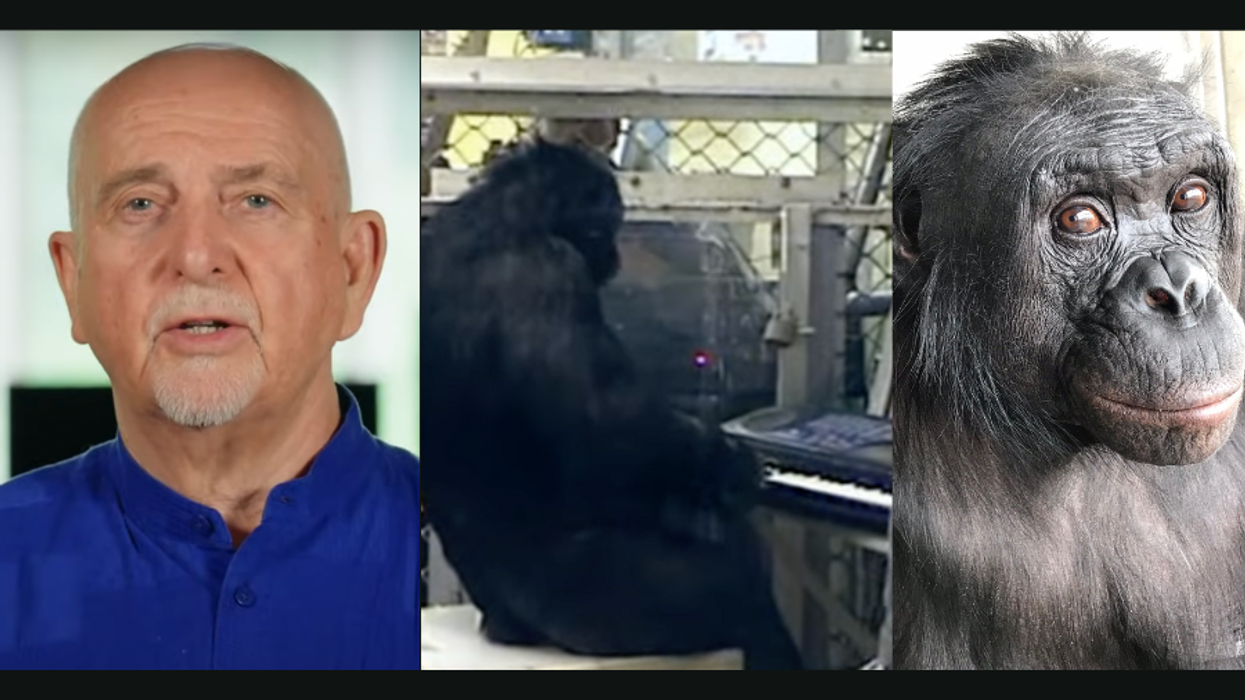Sports have the magical power of bringing people together across party lines, borders, and socioeconomic barriers. Throughout history, the neutral setting of an athletic field has helped change people’s hearts, as well as the course of history.
In 1995, President Nelson Mandela embraced South Africa’s national rugby team, Springbok, ahead of the World Cup, helping to heal post-Apartheid racial divisions.
During the World Table Tennis Championships in 1971, the Chinese team invited the United States’ squad to play in Beijing. The U.S. team became the first Americans to visit China since 1949, setting the scene for President Richard Nixon’s historic arrival in 1972.
Adolf Hitler saw the 1936 Summer Olympic Games in Berlin, Germany, as a showcase for Aryan superiority, but African-American sprinter Jesse Owens proved Hitler’s racial theories wrong by winning four gold medals.
Sports once again has the chance to be a catalyst for historical change at the Winter Olympics next month in Pyeongchang, South Korea. Leaders from North Korea and South Korea came together on Jan. 16, to agree to march together in the opening ceremony under a unification flag. The decision comes as both nations have reignited diplomatic talks after years of broken communications.
Korea Unification Flag di Olimpiade Sydney 2000. Korut dan Korsel berpartisipasi sebagai satu negara. pic.twitter.com/cETsQ7wENN
— bima dwihastomo (@dwihastomo) August 7, 2016
In addition to marching together beneath the same flag, both countries have agreed to create a women’s hockey team comprised of players from both countries. To prepare for the games, the North Korean and South Korean ski teams will train together at a resort in North Korea. And, North Korea plans on sending a delegation of 230 supporters to the Olympic games to cheer on both teams.
This will not be the first time both countries have marched together at sporting events under the unification flag. The countries united beneath the flag for the first time in 1991 at the World Table Tennis Championships. The last time both countries came together beneath the flag was in 2006 at the Winter Games in Turin, Italy.
The proposal must be approved by the International Olympic Committee (IOC), and according to the South Korean Ministry, both countries will present their plans to the IOC in the coming days.
While, at the surface, the Olympic unification seems like a positive step for both countries, some see it as a smoke screen by North Korea to buy time to pursue its nuclear weapons program. Japanese Foreign Minister Taro Kono has called on the international community to be cautious about the thawing tensions between the two countries. “I believe that North Korea wants to buy some time to continue their nuclear and missile programs,” Kono said. “It’s not the time to ease pressure towards North Korea.”





















 Music isn't just good for social bonding.Photo credit: Canva
Music isn't just good for social bonding.Photo credit: Canva Our genes may influence our love of music more than we realize.Photo credit: Canva
Our genes may influence our love of music more than we realize.Photo credit: Canva

 Great White Sharks GIF by Shark Week
Great White Sharks GIF by Shark Week